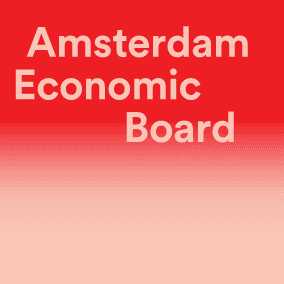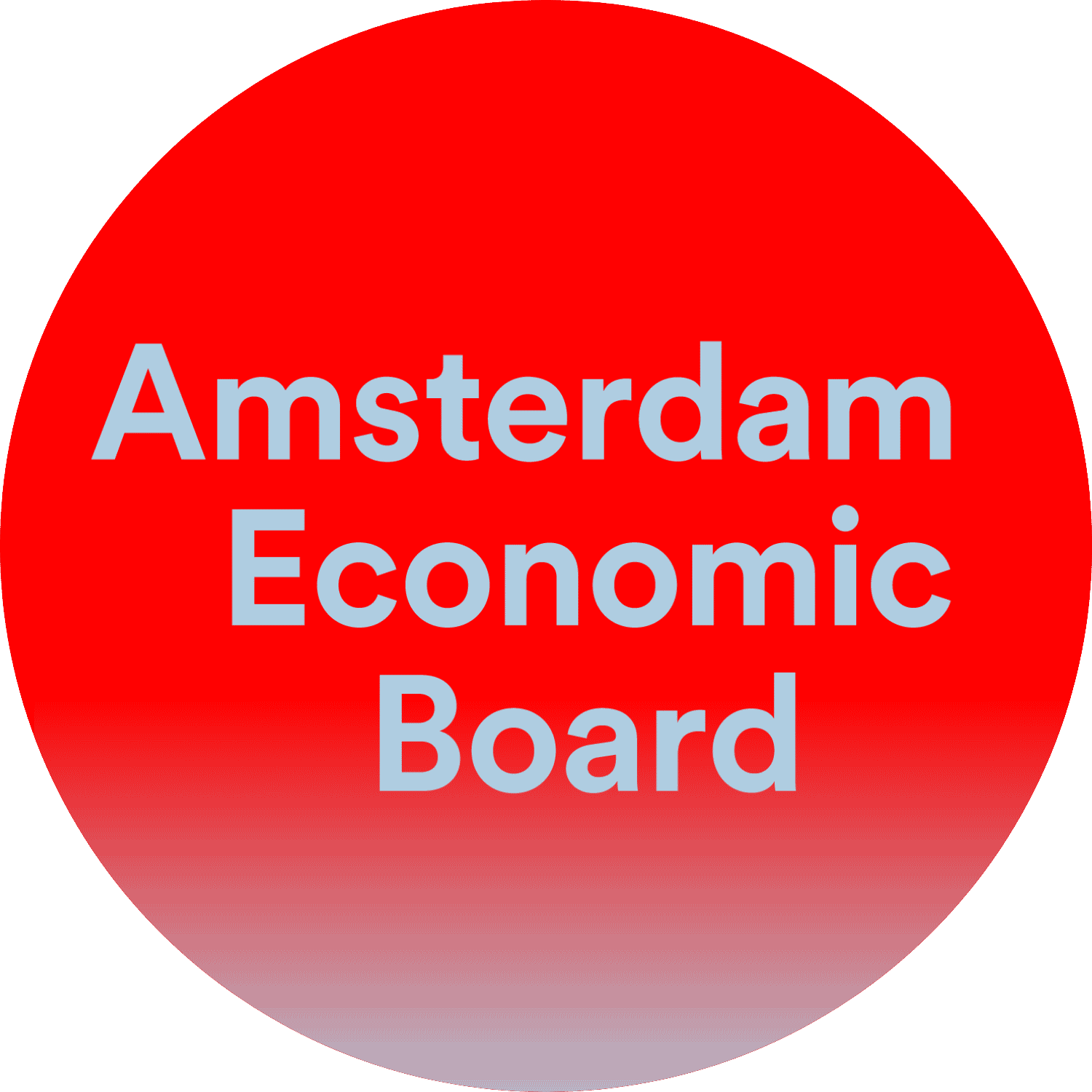Energy transition through local vigour
A future-proof energy system requires unusual solutions. In the exploration of Energy transition through local vigour, the Amsterdam Economic Board and its network have investigated possibilities.
Learn more about the Grid Congestion Learn & Share event series.
Results
What was Energy transition through local vigour?
What would it mean if, by 2050, we would generate at least 50% of energy via a local energy community? For example, through local energy cooperatives, which provide their own energy for mobility and buildings. Now this is already happening, mainly to reduce costs. Increasingly, grid congestion is becoming an important incentive to set up an energy community.
Joining businesses and citizens to form a ‘distributed energy system’ that makes best use of local needs and opportunities. For example, a community in an area with plenty of waste heat can use this to heat buildings. What impact would that have on the tension within our energy grid?
Opting for a distributed energy system – in addition to the current, centralised energy system – would allow different types of organisations to work together on a level playing field. Local initiatives would contribute to the local economy. Making residents and SMEs equal partners in the energy arena. Most important would be the impact they’d have on reducing grid congestion. So that entrepreneurs can continue their innovative activities.

Contact us
Want to keep up to date?
Get the best regional news and events (in Dutch) via the Board Update newsletter

